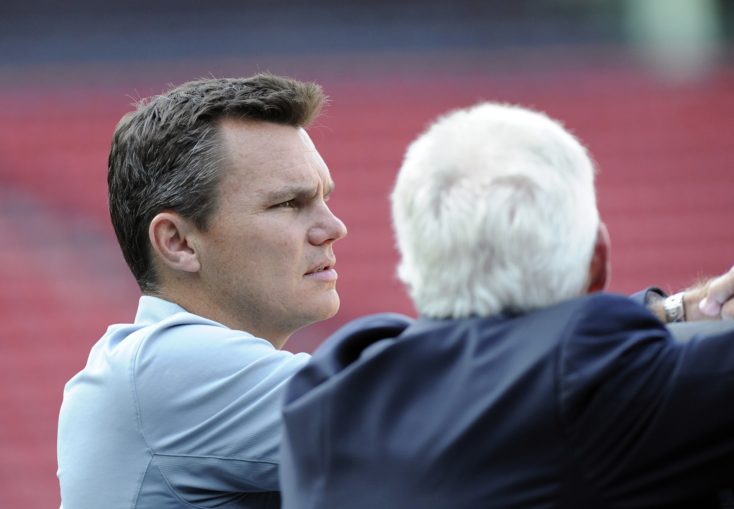
Geoff Hartlieb is in the Pittsburgh Pirate organization playing for its Double-AA affiliate, the Altoona Curve. According to Bill Brink of The Pittsburgh Gazette, Hartleib’s salary is $1,500 per month. He must pay for hotel rooms during away games when his girlfriend accompanies him and he is not paid at all during spring training.
On bus trips to away games, he frequently hears his teammates receive calls from debt collectors for overdue bills. This is just one example of the plight that many minor- leaguers face each summer and although baseball as a sport is awash in profitability, very little of this windfall has trickled down to the minor leagues.
The Toronto Blue Jays are making an effort to right this wrong.
According to Ken Rosenthal and Emily Waldon of The Athletic, the Jays are “in the process of finalizing a pay increase of more than 50 percent for any player who is on a roster of an affiliated minor-league club.” Toronto’s vice-president of operations Ben Cherington told The Athletic, “it puts us right now at the top of the scale in the industry. My hope is it doesn’t stay that way. My hope is other teams eventually do the same.”
The problem with low salaries for minor league players has been simmering for a while, but appears to be gaining momentum as of late. According to Major League Baseball, the average salary of a minor league player in 2017 ranged from $10,000 a month for Class AAA to $1100 per month in rookie-leagues. So unless a player is a top draft pick or highly touted international prospect, financial hardships are almost to be expected among a large percentage of minor-leaguers.
How can baseball get away with such paltry salaries? Simply put: because it can. In March of 2018, Congress wrote in a spending bill a provision that minor league players are exempt from federal labor laws. This deprived them of any overtime pay beyond a 40- hour work week. This bill was called the “Save America’s Pastime” act. The hardships for the minor league player goes far beyond the 40-hour work week.
Players are generally not paid during spring training or for any instructional league activity after spring training ends. Then, when camp breaks, a player must find an apartment and pay rent and a security deposit having not yet been paid. Baseball has fought hard to keep this system in place. The players have begun to fight back.
In a case before the Ninth Circuit Court of Appeals, minor-leaguers are involved in a lawsuit in hopes for minimum wage and compensation for the time they were required to work without pay, such as in spring training. A three-judge panel has yet to rule on the case brought mid-2018.
The Blue Jays are mostly being commended for the steps they are taking, but there is room for skepticism. Some feel that the team hasn’t gone far enough to address this problem. Still, the fact that they are the first major-league team trying to improve the lives of their minor league players is a start, one that is likely to gain traction so that other teams will act.
With a little luck and some good will, it is hoped other teams will follow Toronto’s action and institute their own changes making positive life changes for dozens and dozens of players.















